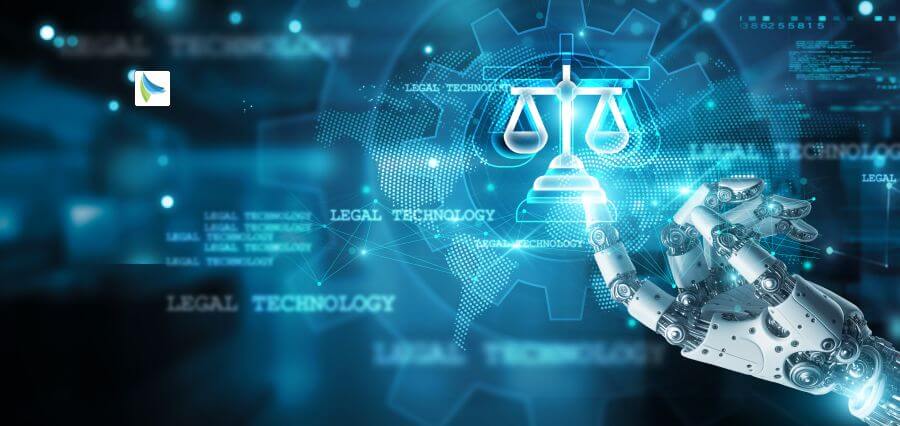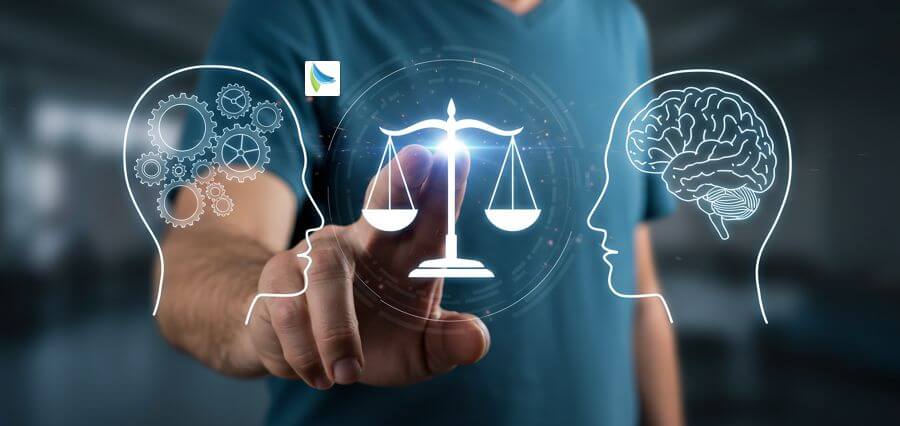As businesses embrace the future of work, one irreconcilable contradiction is always in the picture: how to digitalize processes without depersonalizing the workplace. With the coming of AI, automation, and data-based systems, hiring, managing, and growing people have changed forever. But even as we advance digital transformation, one thing is very clear—people are still at the heart of every business.
This is where the effort—and challenge—are for today’s leaders and HR planners: to create an environment of technology that leverages, not extracts, the human aspect of work. Winning in the digital era is not merely a matter of operational efficiency or innovation potential, but whether the firm can achieve technology and empathy, velocity and integrity, and machine and human judgment.
The Digital Transformation of People Operations
From AI-driven hiring platforms and HR self-service portals to predictive analytics and virtual onboarding, digital technology has transformed the manner in which HR functions. Such technologies provide never-before-seen velocity, accuracy, and scope—enabling teams to optimize resource allocation, detect capability gaps, and anticipate workforce trends with fact-based insight.
Automating drudgery work also released the HR professionals to devote more time to high-level work, including employee motivation, leadership development, and culture design. Yet as technology is embedded in every nook and cranny of the employee life cycle, organizations need to be careful not to forget what matters most to employees: meaningful connection, transparency, and purpose.
An integrated user experience is not a substitute for a good manager. And predictive analytics is no replacement for the nuance of human mentoring. The aim, then, is not to automate for the sake of it, but to augment the human touch with smart, strategic integration.
Rehumanizing the Employee Experience
In a time of technological saturation, human-centered design stands out as a differentiator. New-world organizations are infusing empathy into their people agenda in the digital world—making sure automation supports and does not diminish the well-being of workers.
This encompasses:
- Designing intuitive and accessible platforms, with consideration for the differentiated needs of a multigenerational and diverse workforce.
- Harnessing AI ethically and transparently, especially in areas of hiring, performance management, and career development.
- Leverage data for personalization, not spying—customizing learning pathways, rewards, and messaging around worker interests and objectives.
Most of all, rehumanization of work demands real human connection. Technology must enhance, not substitute, conversation. Virtual media must be supplemented by leadership behaviors centered on hearing, empathy, and remarking. When workers feel heard and understood—regardless of the medium—is when passion flourishes.
Leadership in a Hybrid, High-Tech World
Today’s labor force is hybrid in a number of ways—not only geographically, but how they are reaching out to the company: digital and physical, synchronous and asynchronous, automated and human. To make sense of it all demands digitally aware leaders who grasp the potential of technology as well as the nuance of human motivation.
They need to:
- Be agents of digital acceptance as well as agents of human touch.
- Leverage data to guide decision-making, but never substitute it for judgment or emotional intelligence.
- Walk the balance between flexibility and structure in virtual teams.
- Speak regularly and openly, letting technology make transparency great instead of add noise.
All in all, digital leadership is about succeeding at the nexus of systems and relationships—where effectiveness and empathy intersect, and innovation is sparked by inclusion.
The New Talent Equation
The HR transformation in today’s digital world also demands a transformation in how we source, attract, and retain talent. With skills changing fast and jobs becoming more fluid, organizations have no option but to value learning agility and flexibility over fixed qualifications.
Digital technologies have the potential to decide new skills needs, evaluate prospects more fairly, and level the playing field for access to growth. Yet, these must be combined with a broader people approach that emphasizes development, psychological safety, and purpose.
Workers today are not job hunting—they are seeking spaces in which to do significant work, be themselves, and continually learn. Technology can be leveraged behind such aspirations, yet only by being coupled with a leadership vision that respects humanity.
Ethics, Equity, and the Digital Workplace
As we continue to digitize the people function, ethical considerations become paramount. How we collect, use, and share data has a powerful impact on employee trust. Challenges such as algorithmic bias in hiring, invisibility in the promotion pipeline, and uneven access to digital capabilities have the potential to drive existing inequalities in the worst possible directions if not purposefully addressed.
A digitally enabled people strategy must feature:
- Visible data governance policies.
- Periodic audit of technology tools for prejudice or unforeseen effects.
- Input from employees in digital transformation strategy.
- Leader training to lead and empower in digital spaces, culturally sensitive.
By structuring ethics at the core of digital design, organizations guarantee that development isn’t made at the expense of justice.
Conclusion: Human-First, Tech-Enabled
The future of HR isn’t about people or machines—it’s about how to bring the two together for the sake of a more capable, responsive, and empowered workforce. The most effective strategies won’t be those that automate the greatest amount, but those that humanize the greatest amount, using technology as a bridge to greater understanding, deeper connection, and improved leadership.
In an era of velocity and volume, it is the human element—purpose-driven and augmented by technology—that will characterize the organizations people come to create, commit to, and remain with.
Read More: Listening, Learning, Leading: The New Culture of HR Engagement












